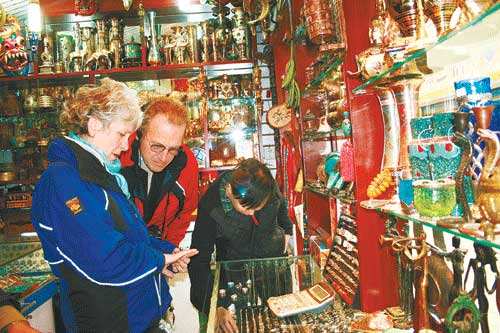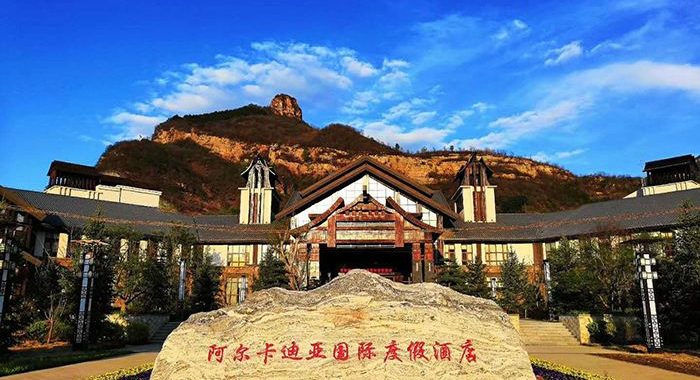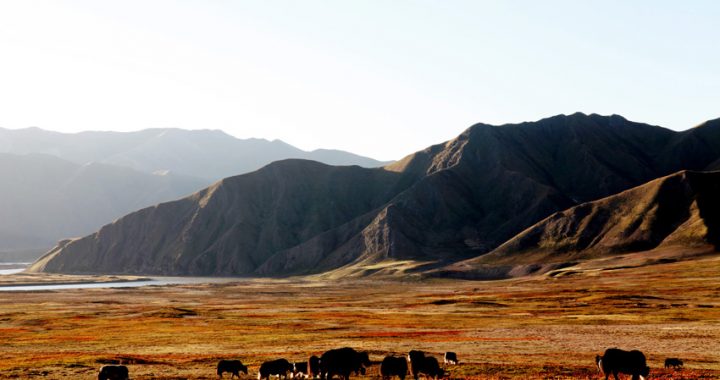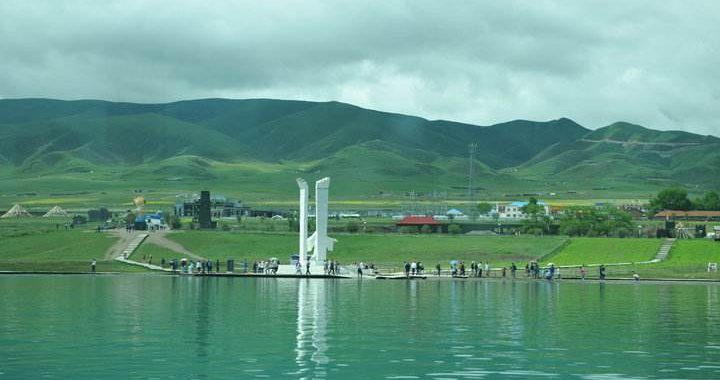Xining, China’s Wild West
2 min readSituated on the edge of the Qinghai-Tibet Plateau and heavily populated by minority groups, Xining has earned a reputation as one of the more mysterious and diverse cities in China.
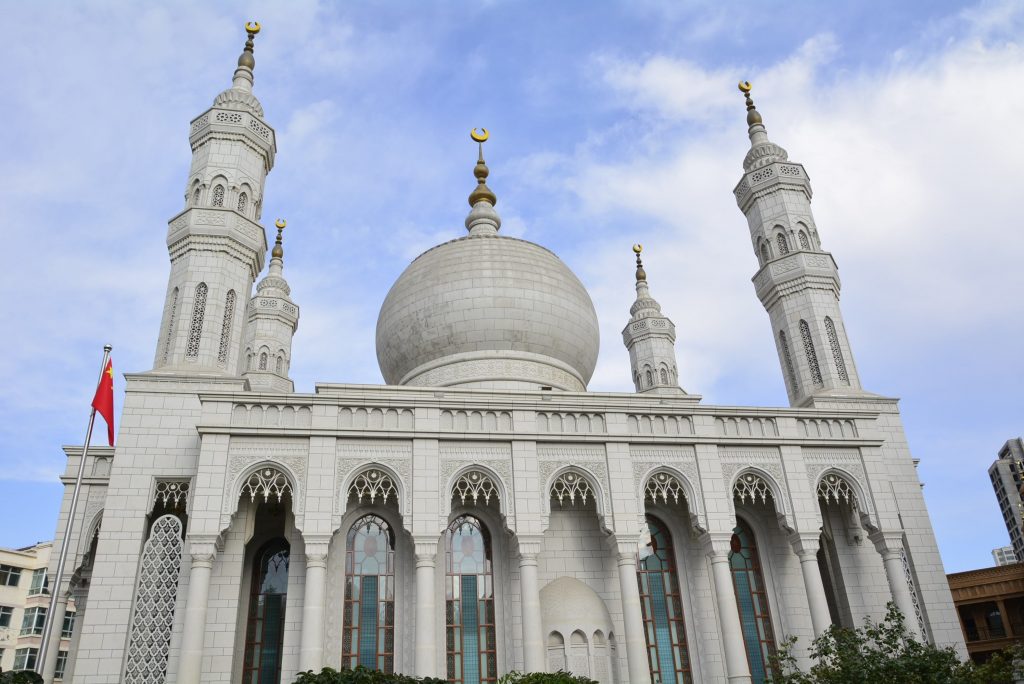
Situated on the edge of an inhospitable wilderness, Xining was a historic military garrison town. Those venturing beyond Xining into the frozen Qinghai-Tibet Plateau or the serts of xinjiang were virtually guaranteed to never be seer again. This harsh remoteness made Xining and the surrounding areas perfectly suitable to serve as China’s Siberia. The result is a diverse, open, slightly adventurous local population of Han Chinese as well as a large minority of Muslims and Tibetans.sutter lamps light up the Kumbum Monastery in Xining.
First impressions upon arrival in Xining will likely be of the stark valley landscape and colorful people. The 30-minute trip from the airport into town takes visitors through a handful of small Muslim villages and one begins to realize that this is a part of China that has remained untouched by the mighty hand of commercial tourism. The village homes are is and wood, and horse drawn carts carrving people or goods are more prevalent than cars. As you get closer to the city you begin to see more urban developmen entered Xining. At first glance it appears to be a fairly typical lse in China.
Located on Dongguan Da Jie, near the center of the city, lies the Great Mosque(qingzhen dasi), the largest mosque in Xining and one of the largest in China.
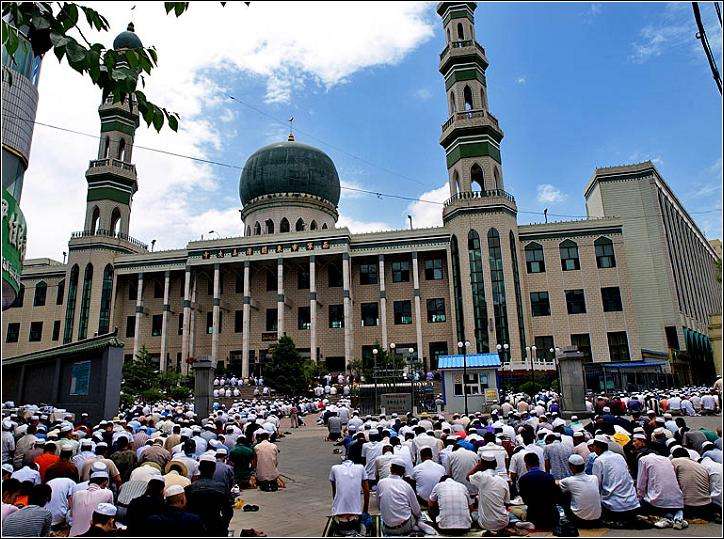
There are many mosques in Xining but this is by far the largest and most impressive. Make it a point on Friday, the Muslim holy day, around 1pm to get an idea of just hor large and active the local Muslim population is. Generally, the locals will be glad to show male visitors around, just dress and act respectfully.
Just a few blocks west on Nan Da Jie you’ll find the city’s only practicing Buddhist monastery. While it pales in comparison to nearby Kumbum Monastery, it does give a taste of the Tibetan Buddhist religion and is worth a visit if you have the time. The monks are friendly and will do their best to introduce you to the place.
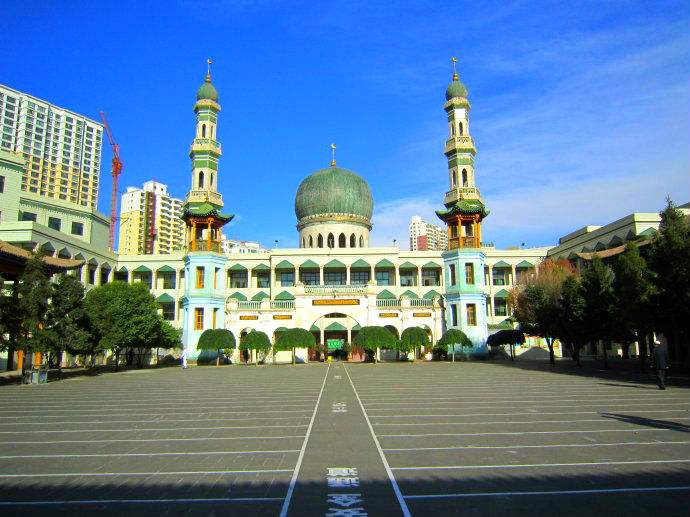
Another temple worth visit is the Taoist North Mountain Temple(beishan si located on Changjiang Lu. There are some interesting caves, pavilions and pagodas, but hiking in the surrounding hills is what makes the trip really worthwhile. There are great views of the city just a short walk up the hills from the temple.
